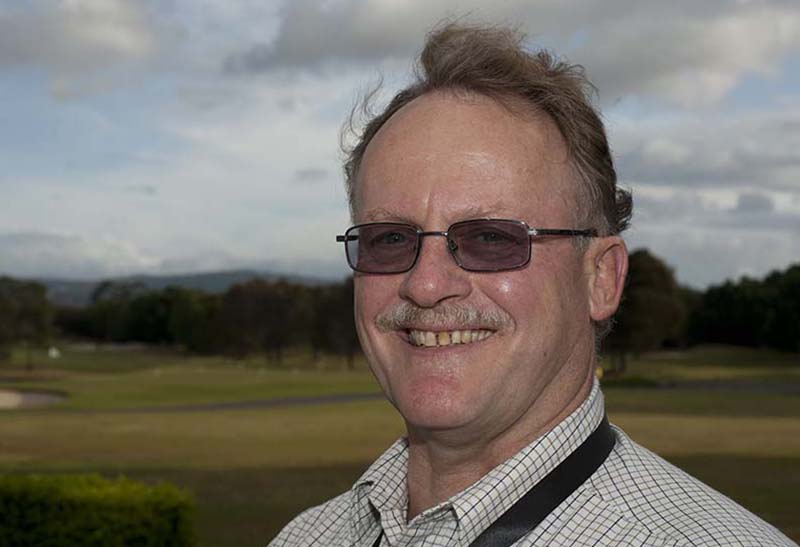Ensuring yield benefits through informed fertiliser decisions
The challenge
Deep placed phosphorus (P) has become an important consideration for growers when planning a fertiliser strategy, with the growing recognition that it can offer long-term yield benefits in many environments and growing conditions.
Declining native soil fertility poses a significant challenge to the future sustainability and profitability of Australian farming systems.
Traditionally, P has been considered as a nutrient applied at planting in the seeding furrow which supplies a small but critical amount of P to plants. However, as the crop develops it begins foraging for the bulk of its nutrients deeper in the soil profile, particularly if moisture is available.
Over the years, reserves of nutrients such as P and potassium (K) in the 10cm-30cm layers of the soil profile have been depleted by crop growth demands and generally haven’t been replaced adequately. Even when fertilizer inputs have been matched to crop removal, placement of these nutrients has often been too shallow.
Northern no-till cropping systems tend to be particularly affected by this phenomenon. The clay soils restrict leaching of P and K, and the reliance on stored soil moisture rather than in-crop rainfall encourages crop roots to explore deeper into the moist subsoil to extract available nutrients. However the north isn’t unique, with no-till and intensive cropping systems in southern cropping regions also seeing soil P levels becoming concentrated in the topsoil and reducing at depth.
The main crop plants require around 8-12kg of P and approximately 50-70kg of K for optimal crop growth in an average season, and research has shown that yields can be constrained by as much as 20 to 30 per cent if P or K is limiting in the 10cm-30cm soil layer.
To maintain productivity and improve the return on fertiliser input investment, growers are being forced to reconsider their approach to fertiliser management, particularly in terms of rate, timing, product and placement.
The response
Since 2012, the Grains Research and Development Corporation (GRDC) has invested in research to assess crop response to P fertiliser in terms of rates, products and placement with trials at 35 locations from central Queensland to central New South Wales.
Led by the University of Queensland, the work has been a collaborative effort between the Queensland Department of Agriculture and Fisheries (DAF) and NSW Department of Primary Industries (NSW DPI).
Given that responses to deep P applications are impacted by factors such as soil type, seasonal conditions and soil moisture availability, crop demand, crop species, product type and sub-soil constraints, a significant part of this research has focused on the logistics and crop response of placing P at depth for crops grown in different environments and growing conditions.
The data has assisted researchers to develop diagnostic indicators of when to use starter and deep P fertilisers, provide guidelines for effective application methods to address P limitations and undertake economic assessments of the profitability of deep banding within a cropping system.
This work has contributed to the release of a deep P calculator, developed jointly by the GRDC, Queensland DAF and CSIRO, which helps growers calculate the return on investment of various application rates of phosphorus in different crop rotations.
As with any research, the on-farm adoption of deep P placement will hinge on its ability to deliver productivity and profitability gains.
With upfront costs of approximately $100/ha for 20kg P, it is important to identify how many crops it takes for the deep P investment to be repaid, and how long this investment will continue to generate additional income.
Of the 11 sites using deep applications of MAP in Southern Queensland, eight had repaid the investment in 20P and returned increased profit within two years, and five of those had managed to do so in the first year.
The 20P treatment at Jimbour West, which had five crops between winter 2014 and winter 2018, has returned almost $800 per hectare in increased profit over this time. However, economic returns will vary dramatically between sites, depending on seasonal conditions and the production environment.
The impact
Central Queensland agronomist and co-principal of Acres Rural in Rolleston, Jeff York, has seen some exceptional responses to deep placed P but said applications weren’t appropriate in all situations and needed to be based on soil tests results.
“Generally, we are seeing a response to deep P applications where we would have expected to. In 2018, we had one site where a wheat crop yielded an additional 73 per cent due to the application of deep P,” he said.
“The conditions were also conducive to a response – the crop was planted on minimal moisture, had around 20mm of rain after emergence and from then on relied on stored soil moisture.
“From our perspective, there’s a number of important messages from the research to date including that nutrient interaction is extremely important – N, P and K need to be in balance to generate a worthwhile response, and that the responses from starter P and deep P are individual.
“The deep P research work that’s been undertaken to date has demonstrated that in certain situations, deep P applications can be a very worthwhile investment, particularly in a higher yielding year.
“However, with high upfront costs and a residual value spanning several years, growers need to consider it as a longer-term capital expenditure investment.”
GRDC Project Code: UOQ1207-001RTX, UOQ1505-001RTX,
Was this page helpful?
YOUR FEEDBACK

